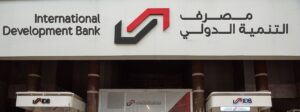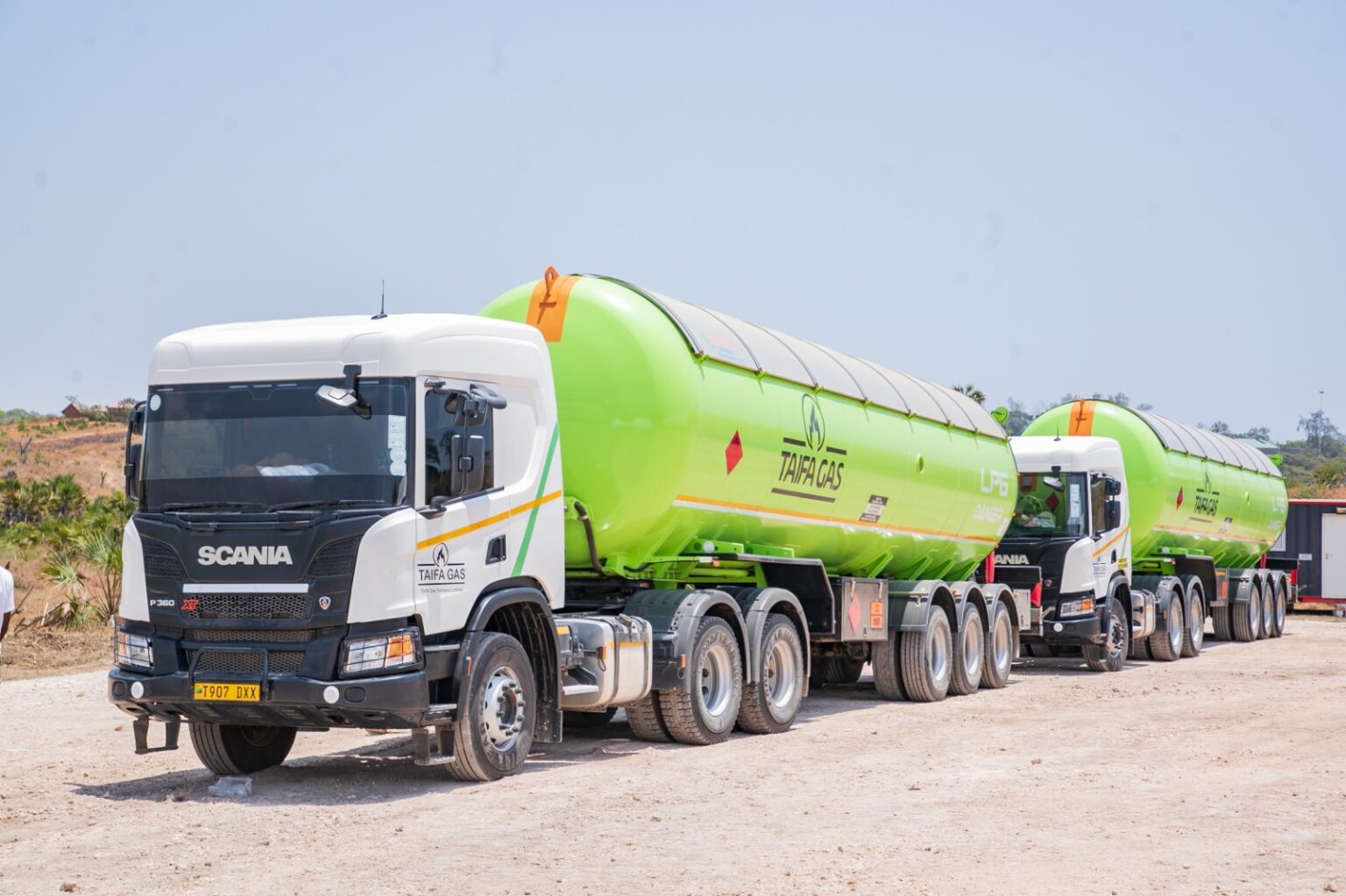- Taifa Gas broke ground at the Dondo Kundu Special Economic Zone next to the Port of Mombasa last Friday
- The firm supplies LPG for domestic, commercial and industrial use and has been feeding the Kenyan market by road.
- The company has been given 30 acres in Dongo Kundu to set up a 30,000 metric tonnes gas handling facility.
The entry of Taifa Gas into Kenya is expected to shake up the cooking gas retail market in East Africa’s economic power house, which has witnessed rising prices in recent years.
Taifa Gas broke ground at the Dongo Kundu Special Economic Zone next to the Port of Mombasa last Friday, at an event presided over by Kenya’s President William Ruto.
The company is investing about USD130 million (Ksh16.4 billion) in a Liquefied Petroleum Gas (LPG) import, storage and distribution plant, at the 3,000-acre Special Economic Zone. Taifa has been supplying LPG for domestic, commercial and industrial use and has been feeding the Kenyan market by road.
Tanzania’s businessman Rostam Aziz, the chairperson of Taifa Gas Investment SEZ Limited, is now expected to be a major player, if not a top distributor in the country, once the investment in Mombasa is complete.
The firm has been given 30 acres in Dongo Kundu to set up a 30,000 metric tonnes gas handling facility.
This will be bigger than the Africa Gas and Oil (AGOL) facility, which has a capacity of 25,000 metric tonnes. Its LPG focused entity–Proto Energy, owned by billionaire businessman Mohammed Jaffer, has in recent years captured a large market of the country’s gas business with its Pro Gas brand.
Last year, Proto Energy received regulatory approval from the Competition Authority of Kenya (CAK) to buy out Solutions East Africa, whose LPG products trade as SeaGas.
Taifa gas is however expected to be a market shaker owing to its cheaper cooking gas prices.
It is expected to cut down coking gas prices by almost half the current market prices, which consumers in the country have decried in recent years in the wake of rising inflation.
According to Managing Director Veneranda Masoum, the company is keen to bring “healthy competition” in Kenya’s gas industry with its lower prices.
It will ride on economies of scale which comes with the large storage capacity, allowing it to ship in bigger vessels. This, management says, will enable the company to negotiate for better prices, which will benefit consumers.
“We will be able to import large quantities pushing the prices downwards and eventually the prices of LPG will go down substantially in Kenya,” Masoum told journalists in Mombasa.
LPG prices have hit new highs in recent months, with the 13-kg cylinder retailing at an average Sh2,800 with some brands going for as high as Sh3,200. This is up from Sh1,800 a year ago.
The 6kg cylinder now retails at an average of Sh1,350 from Sh1,000 last year, as high global prices of LPG continue to pile pressure on households.
Lack of a vibrant market has however been blamed for the high prices in Kenya, where the commodity’s market price is not regulated like other petroleum products. The Energy and Petroleum Regulatory Authority (EPRA) sets maximum prices monthly based on costs of imports and the shilling exchange rate to the dollar.
Taifa Gas is expected to avail the 13kg cooking gas at prices below the Sh2000 mark.
Construction of its Mombasa facility is expected to take 12 months, with the company keen to address a gap in the region’s gas market.
Headquartered in Dar es Salaam, Tanzania, Taifa Gas has been in the LPG industry since 2005, trading as Mihan Gas Tanzania Ltd before rebranding in 2014. It supplies gas in Tanzania, Kenya, Uganda, Rwanda, Burundi, and South Africa.
The new operation in Kenya comes at a time when the government has invested in a new petroleum products handling facility–the new Kipevu Oil Terminal (KOT). The Sh40 billion replaces the 50-year-old Kipevu Oil Terminal.
It has the ability to hold and offload volumes from four vessels (three petroleum and one LPG) at once, hence faster vessel turn-around time. The old terminal holds only a vessel at a time.
The upgraded modern oil terminal is expected to have a capacity to accommodate vessels of up to 200,000 DWT (dead-weight tonnage).
Government plan
Meanwhile, the Kenyan government has announced plans to bring down the cost of cooking gas in the country, as it drives the use of clean energy by households.
About 70 per cent of Kenyans, mainly in rural areas, are using firewood for cooking according to the government, exposing them to respiratory infections.
It plans to remove taxes on LPG to make cooking gas more affordable посуд для індукційної плити, with President Ruto’s administration targeting to have every household in the country use subsidised cooking gas within the next three years.
This is in its plans to increase the per capita consumption of LPG at the household level.
According to Ruto, this will be achieved through the development of a common user terminal for LPG at the Port of Mombasa.
He said the government will also implement the Open Tender System in the importation of LPG дропшипінг постачальники, similar to petroleum products, to achieve competitive and efficient pricing of the product.
He observed that public institutions that use biomass as their cooking fuel will have to transition to LPG.
Public educational institutions, he said “must ensure that this transition is completed by 2025”.
The President noted that as Kenya pursues clean and green growth, it is imperative to match the effort to the mitigation of climate change by embracing environment-friendly alternatives.
“It is time for this country to get aboard the agenda for environmental consciousness and ecologically sustainable practices,” the President said.
He termed the launch of Taifa Gas a historic milestone on the country’s journey to achieve self-sufficiency in clean, green energy покривало на диван.
“This is a critical component of our commitment to deliver rapid socioeconomic transformation through clean, green growth,” he said.
Kenya and Tanzania are also working towards the construction of a gas pipeline which is expected to further lower cooking gas prices in the Kenyan market.
During his visit of Tanzania in October last year плед, President Ruto committed to the 600-kilometre pipeline project that will be used to import gas from Mtwara- Tanzania.
The pipeline whose cost is estimated at USD1.1 billion (Sh139.2 billion) is part of a Memorandum of Understanding on Cooperation постільна білизна купити in Natural Gas Transportation signed between former President Uhuru Kenyatta and President Samia Suluhu earlier last year.




